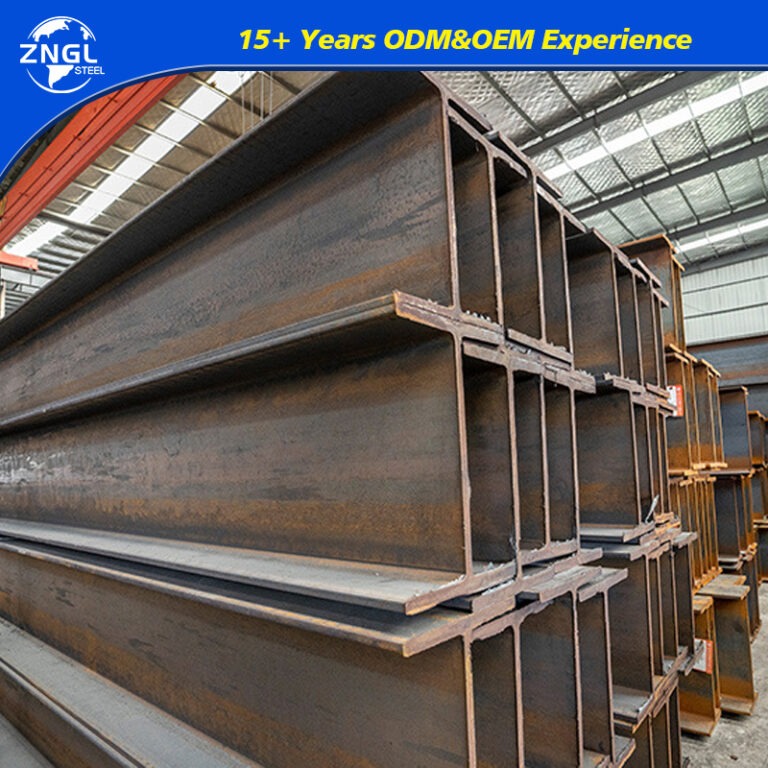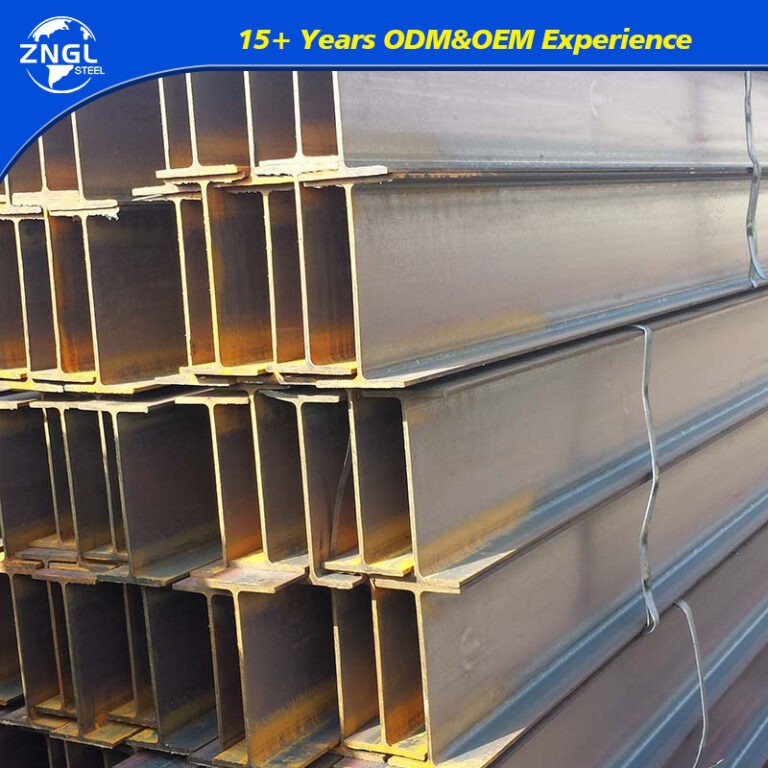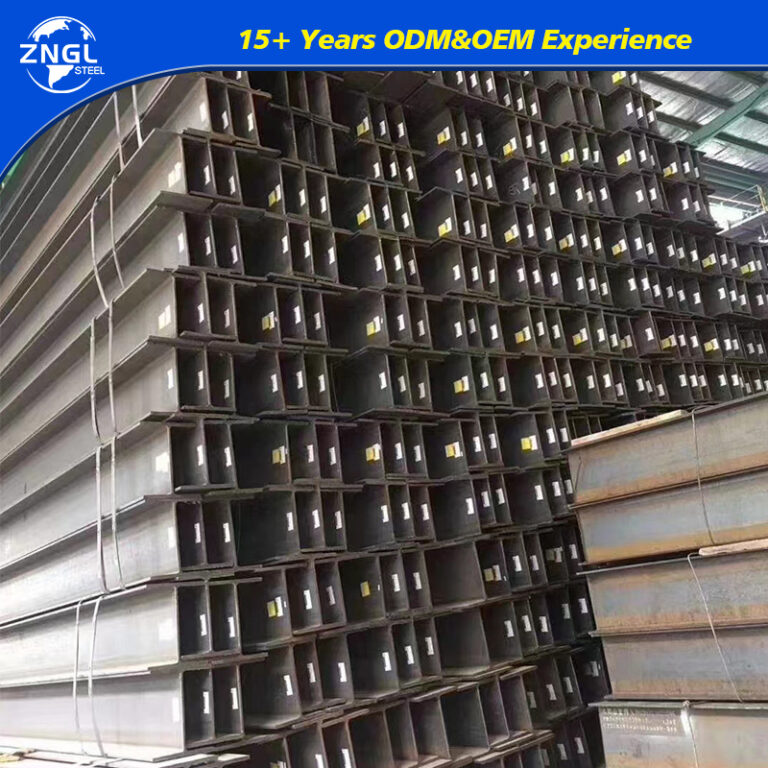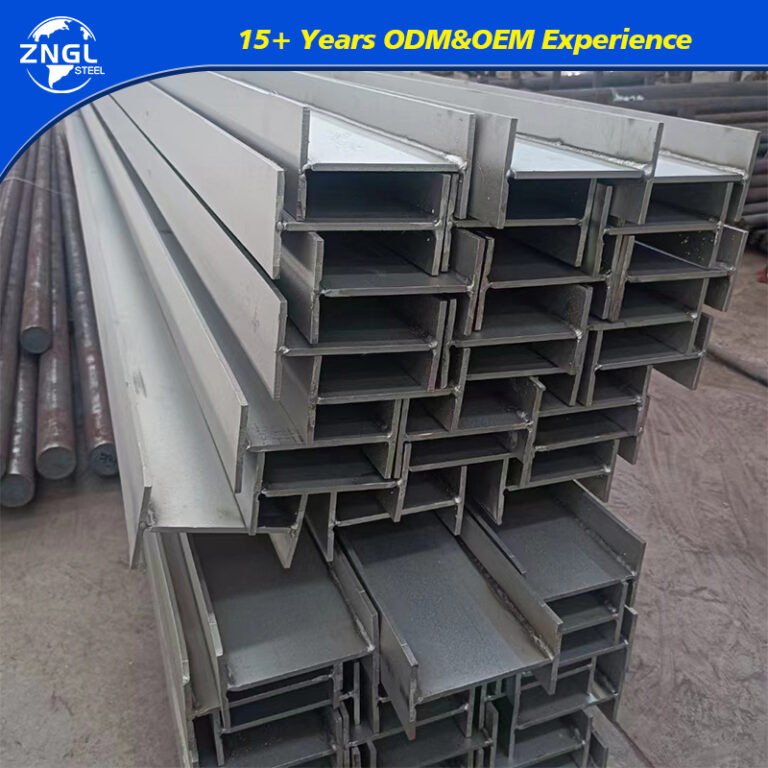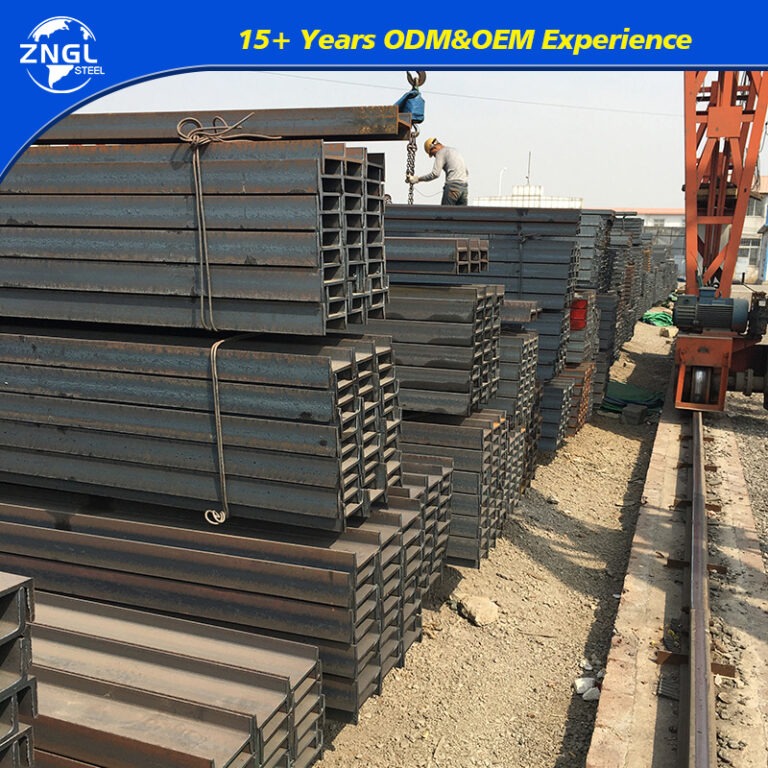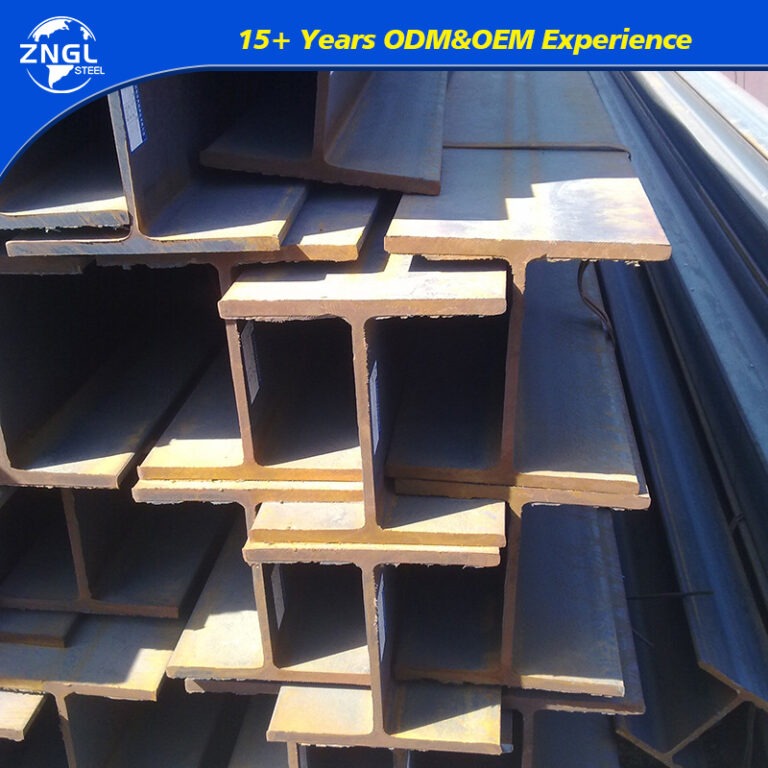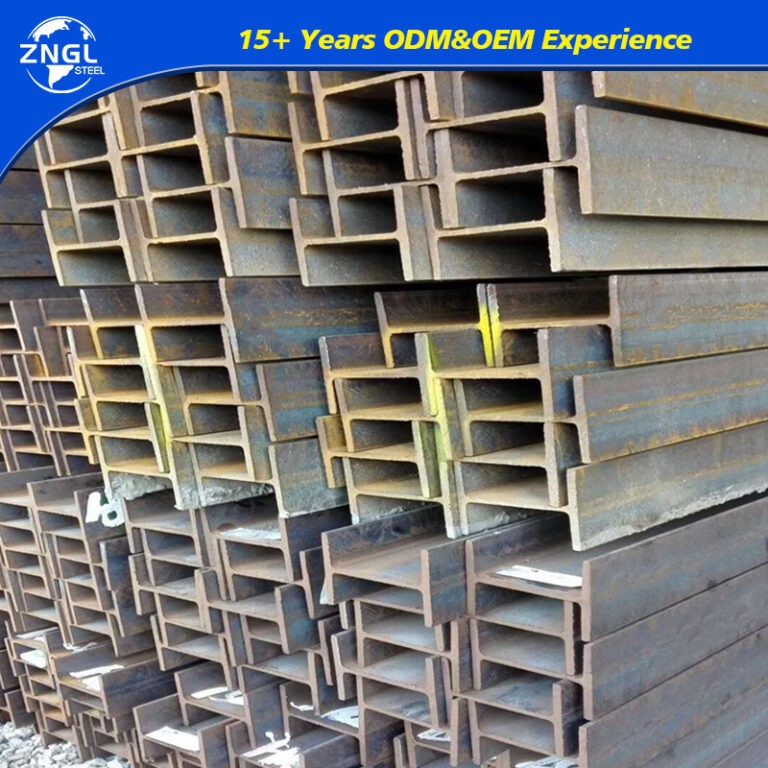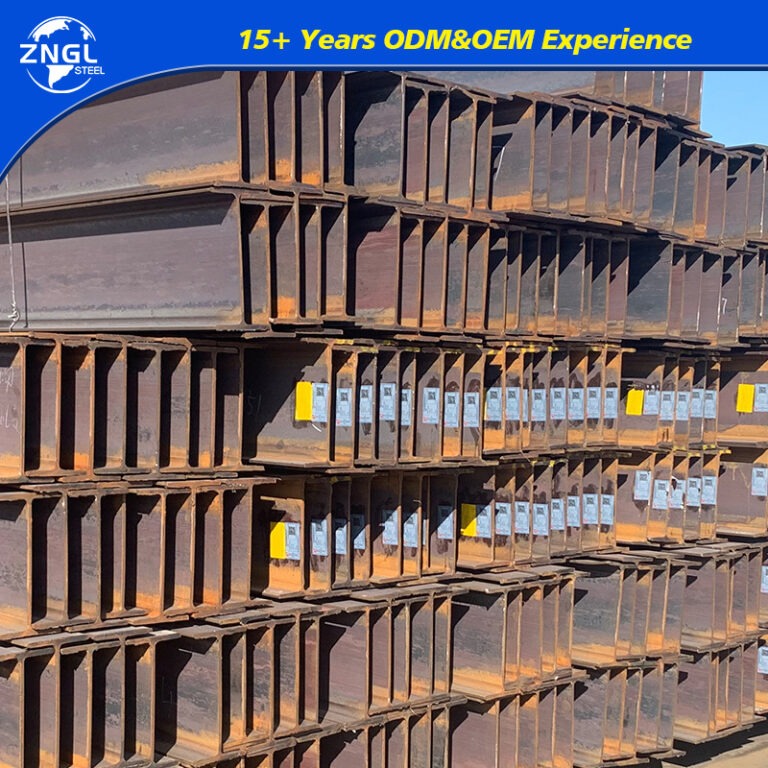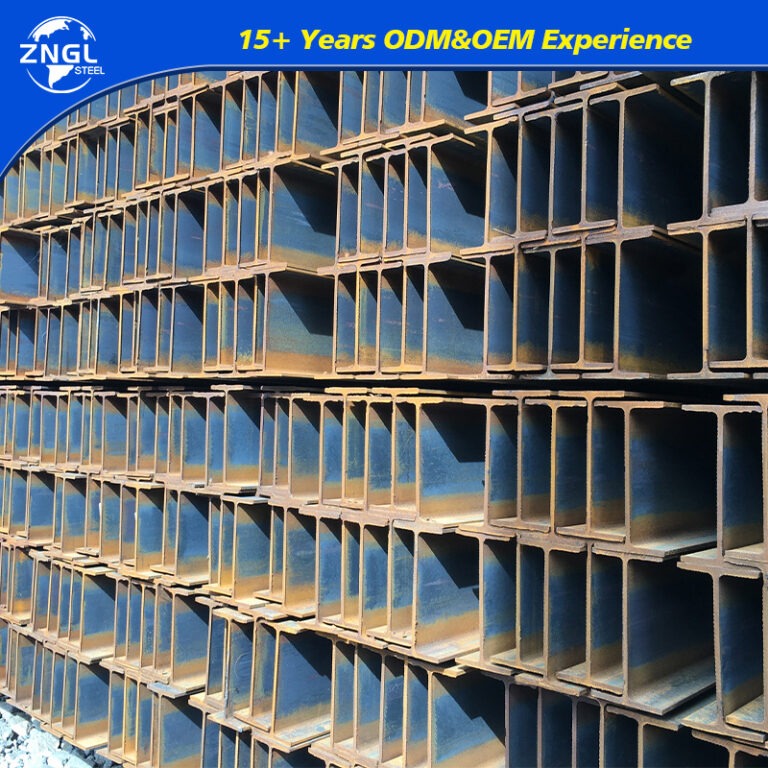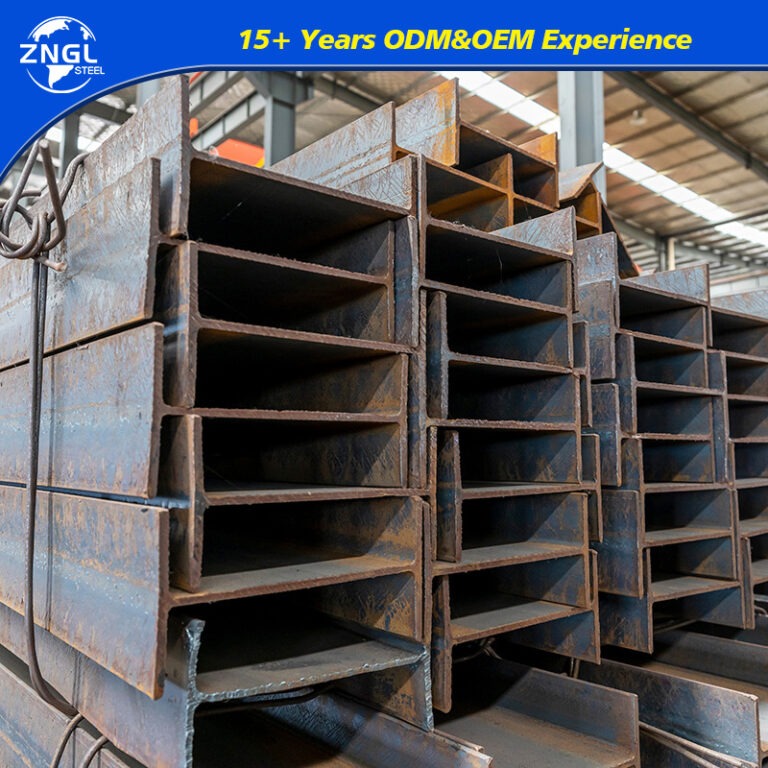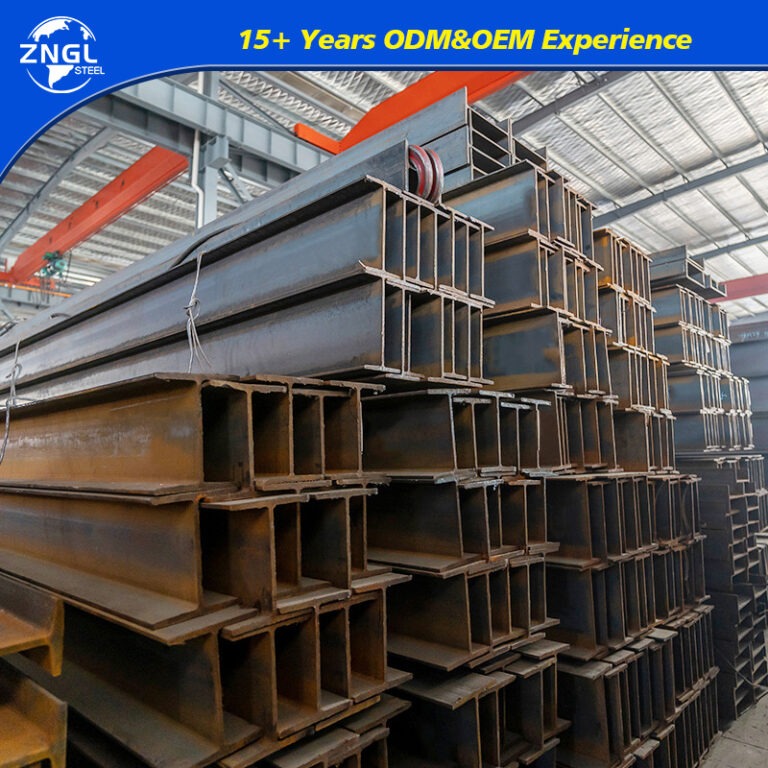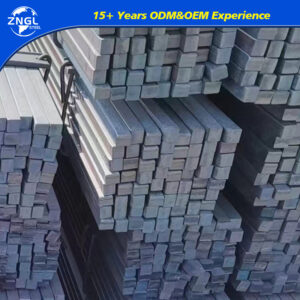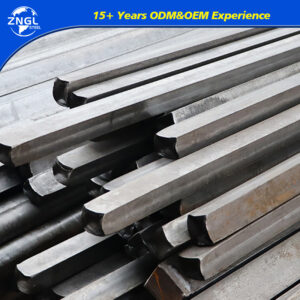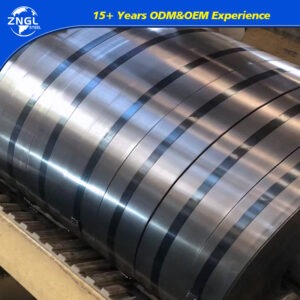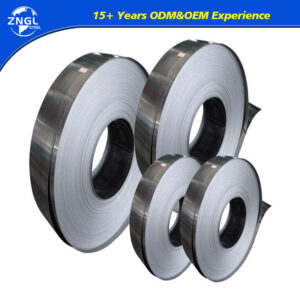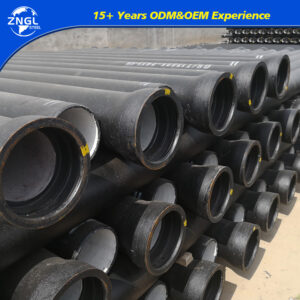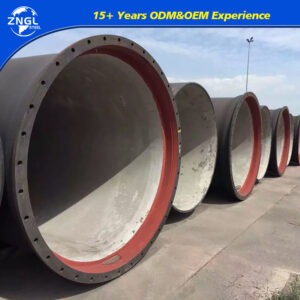Mild steel structure h beam
Mild steel H beams are a widely used structural steel form across multiple industries. Standards for these beams are established by ASTM International to ensure consistent quality and mechanical properties. Known for their excellent load-bearing capacity and weldability, mild steel H beams are ideal for construction and manufacturing purposes. Their distinctive H-shaped cross-section provides superior structural support. Available in a variety of sizes, mild steel H beams can be customized to meet the specific needs of different projects.
References cited from Wiki.
H beam
Mild steel H beams are a versatile structural steel component extensively used across various industries. This steel beam, recognized for its H-shaped cross-section, provides superior strength and load-bearing capabilities, making it perfect for construction and manufacturing applications.
Overview:
- Mild steel H beam is commonly used in structural applications, including frameworks and load-bearing supports.
- Suitable for applications requiring significant height and strength.
- Certified to meet various industry standards, including ASTM specifications.
- Healthy inventories of A36 steel plate are maintained in all Zhongneng distribution centers.
- Can be easily welded, bolted, or riveted for secure assembly.
- Available for online purchase via Zhongneng Pro. Click here to contact us to learn more.

What is an H-beam used for?
H Beams are commonly used in the construction of buildings as well but also large trailers and bridges, among others. Due to their slightly different cross-section shape, thicker central web and wider flanges, H beams can bear larger loads than I beams.
Which is stronger, H-beam or I-beam?
H-beam: An H-beam has a thicker center web, which means it is often stronger. I-beam: An I-beam often has a thinner center web, which means it is often not able to take as much force as an h-beam
What does H mean in beam?
An H beam is shaped like the letter “H” with one vertical flange and two long-side flanges, whereas an I beam has a cross-section that resembles the letter “I” with a single vertical web or web thickest at mid-span, two webs, and no bottom flange.
What is the difference between H-beam and W beam?
What is the advantage of H beam?
H-beams have a larger moment of inertia due to their broader flanges, allowing them to withstand bending and support bigger weights. They are ideal for applications that demand high horizontal and vertical load-bearing capacity.
How much weight can an H beam hold?
Based upon 14 lineal feet of beam that is laterally supported the allowable uniform load in kips is 29. A kip is 1000 pounds. So, the allowable uniform load is 29,000 pounds over this laterally supported beam. The vertical deflection with this load is roughly 0.84 inches.

